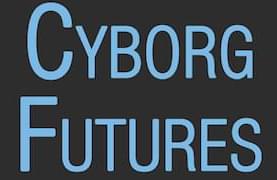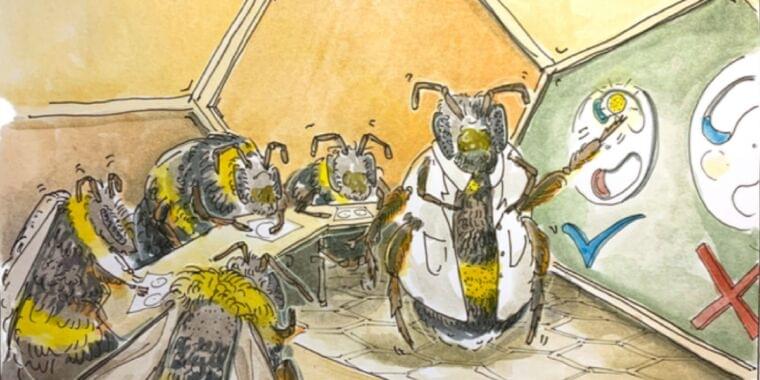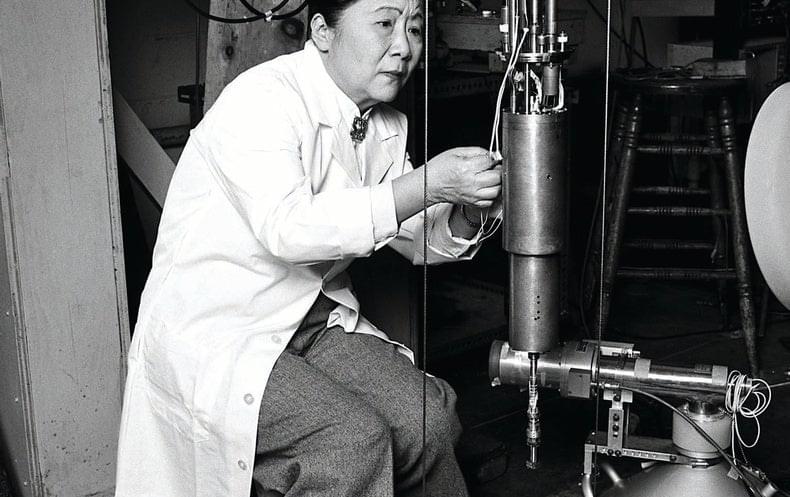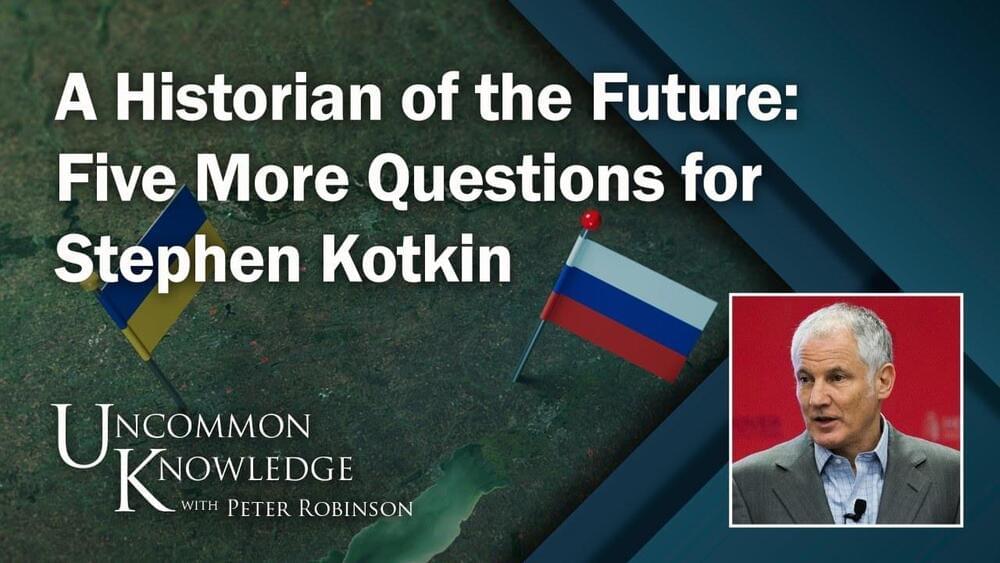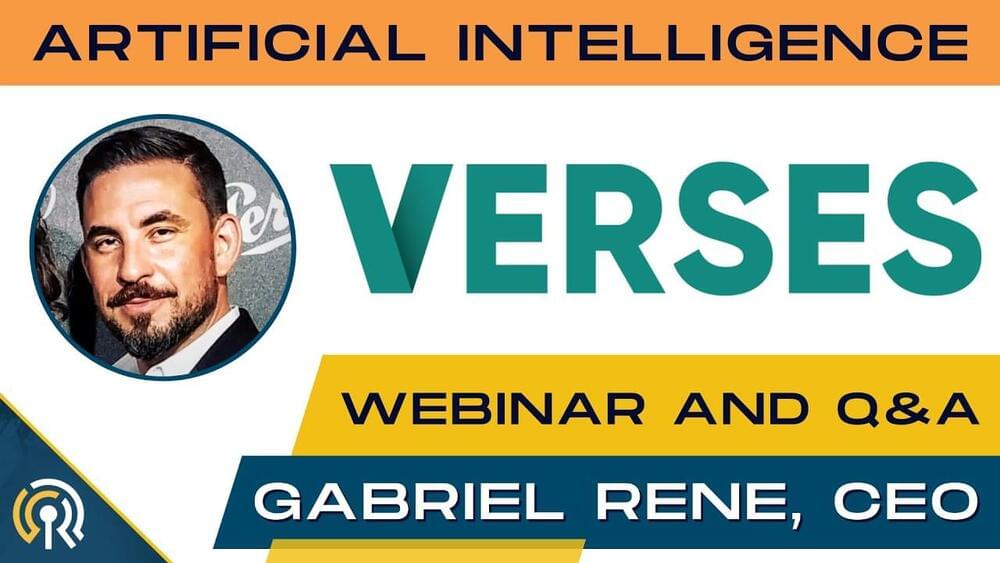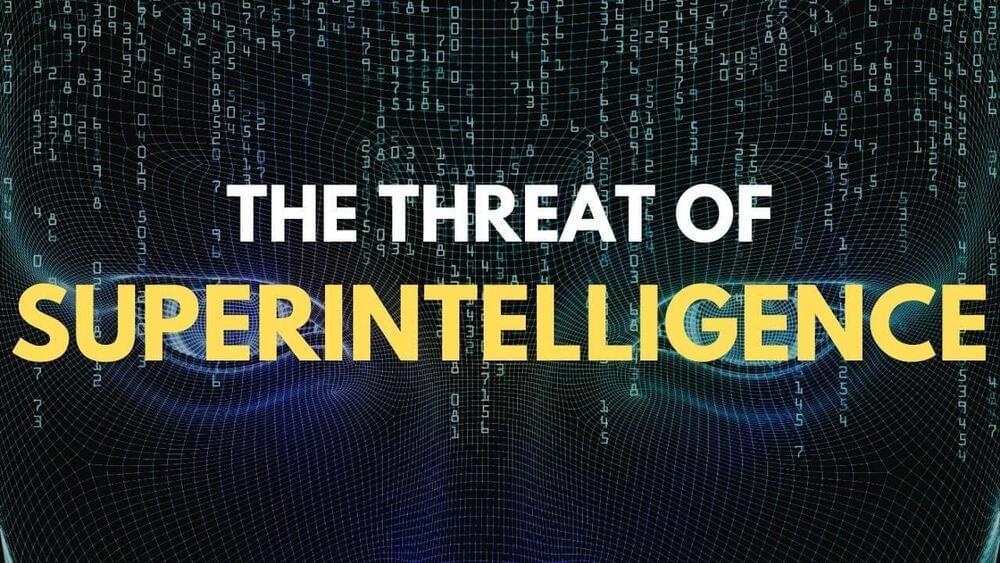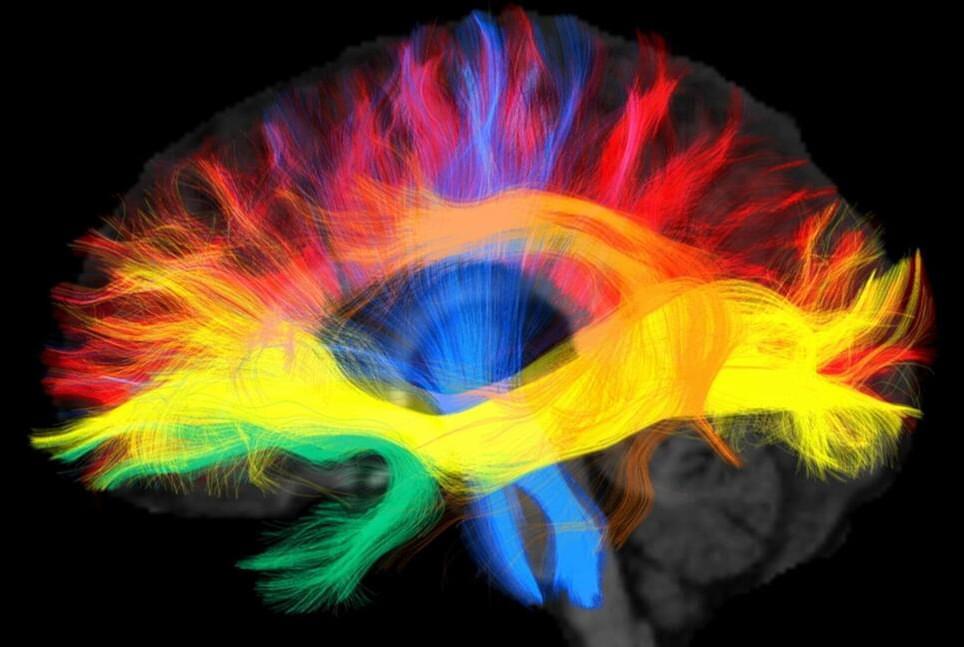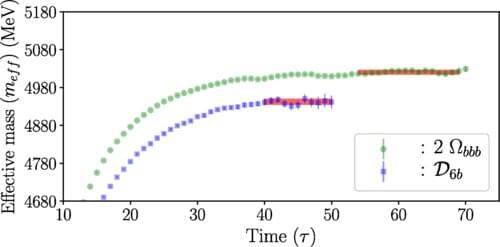Mar 19, 2023
Cyborg Futures: Born in Fiction
Posted by Dan Breeden in categories: biological, cyborgs, military, robotics/AI
We had a wonderful group of international and interdisciplinary speakers at Saint Mary’s University on March 31 to April 1, 2017. They all took time out from their very busy schedules to come to Halifax to discuss robots and artificial intelligence at the Cyborg Futures Workshop. Academics from literary theory, digital culture, anthropology, sociology, environmental studies, robotics, and evolutionary biology, along with students and the public, convened for a lively discussion about technologies that are impacting us all.
This workshop is part of a larger SSHRC-funded project–Where Science Meets Fiction: Social Robots and the Ethical Imagination–that is about shifting the conversation about robots and AI, which has been animated by fiction but dominated in the real world by the military and industry. Opening the discussion up to wider social and cultural contexts–from the impact of technology on human relations; to non-human animals, the environment and trash; to racism, imperialism and misogyny; to automation, labour and capitalism; to killer robots and the military; to the problematic collapse of science and fiction—this workshop considered both the infrastructure currently being laid that is forcing us down a troubling path and imaginative alternatives to it. What follows cannot possibly do justice to the richness and complexity of the talks, so please click on the hyperlinks to listen to them.
